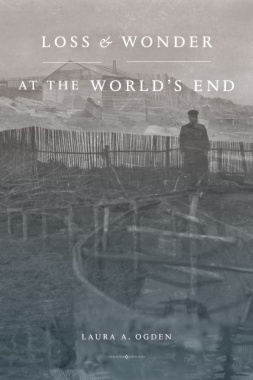In Loss and Wonder at the World's End, Laura A. Ogden brings together animals, people, and things—from beavers, stolen photographs, lichen, American explorers, and birdsong—to catalog the ways environmental change and colonial history are entangled in the Fuegian Archipelago of southernmost Chile and Argentina. Repeated algal blooms have closed fisheries in the archipelago. Glaciers are in retreat. Extractive industries such as commercial forestry, natural gas production, and salmon farming along with the introduction of nonnative species are rapidly transforming assemblages of life. Ogden archives forms of loss—including territory, language, sovereignty, and life itself—as well as forms of wonder, or moments when life continues to flourish even in the ruins of these devastations. Her account draws on long-term ethnographic research with settler and Indigenous communities; archival photographs; explorer journals; and experiments in natural history and performance studies. Loss and Wonder at the World's End frames environmental change as imperialism's shadow, a darkness cast over the earth in the wake of other losses.
- Cover
- Contents
- The World’s End · A Figure���������������������������������
- Introduction · Loss and Wonder�������������������������������������
- The Explorer’s Refrain · A Figure����������������������������������������
- Chapter One · The Earth as Archive�����������������������������������������
- Arturo Escobar · A Figure
- The Archival Earth · A Figure������������������������������������
- Chapter Two · Alternative Archives of the Present��������������������������������������������������������
- Lichens on the Beach · A Figure
- Chapter Three · An Empire of Skin����������������������������������������
- The Anthropologist · A Figure������������������������������������
- Chapter Four · Stolen Images�����������������������������������
- Lewis Henry Morgan · A Figure
- Chapter Five · Dreamworlds of Beavers��������������������������������������������
- Traces of Derrida · A Figure�����������������������������������
- Anne Chapman · A Figure
- Conclusion · Birdsong����������������������������
- Gratitude · A Figuration
- Notes
- Bibliography
- Index

